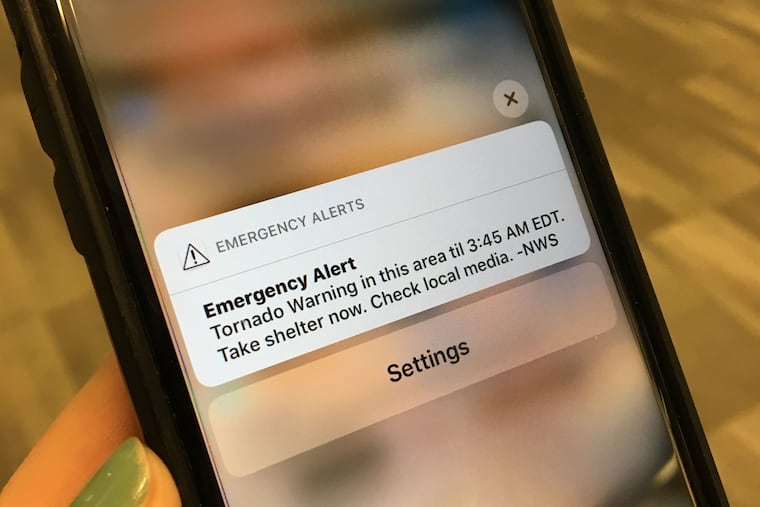Most warnings are false alarms, but tornado watches get attention — with good reason
Tornado "warnings" well outnumber actual tornado sightings in the Philadelphia region. Blame the limits of science, and expect more "false alarms."

Tornado "warnings" well outnumber actual tornado sightings in the Philadelphia region. Blame the limits of science, and expect more "false alarms."
